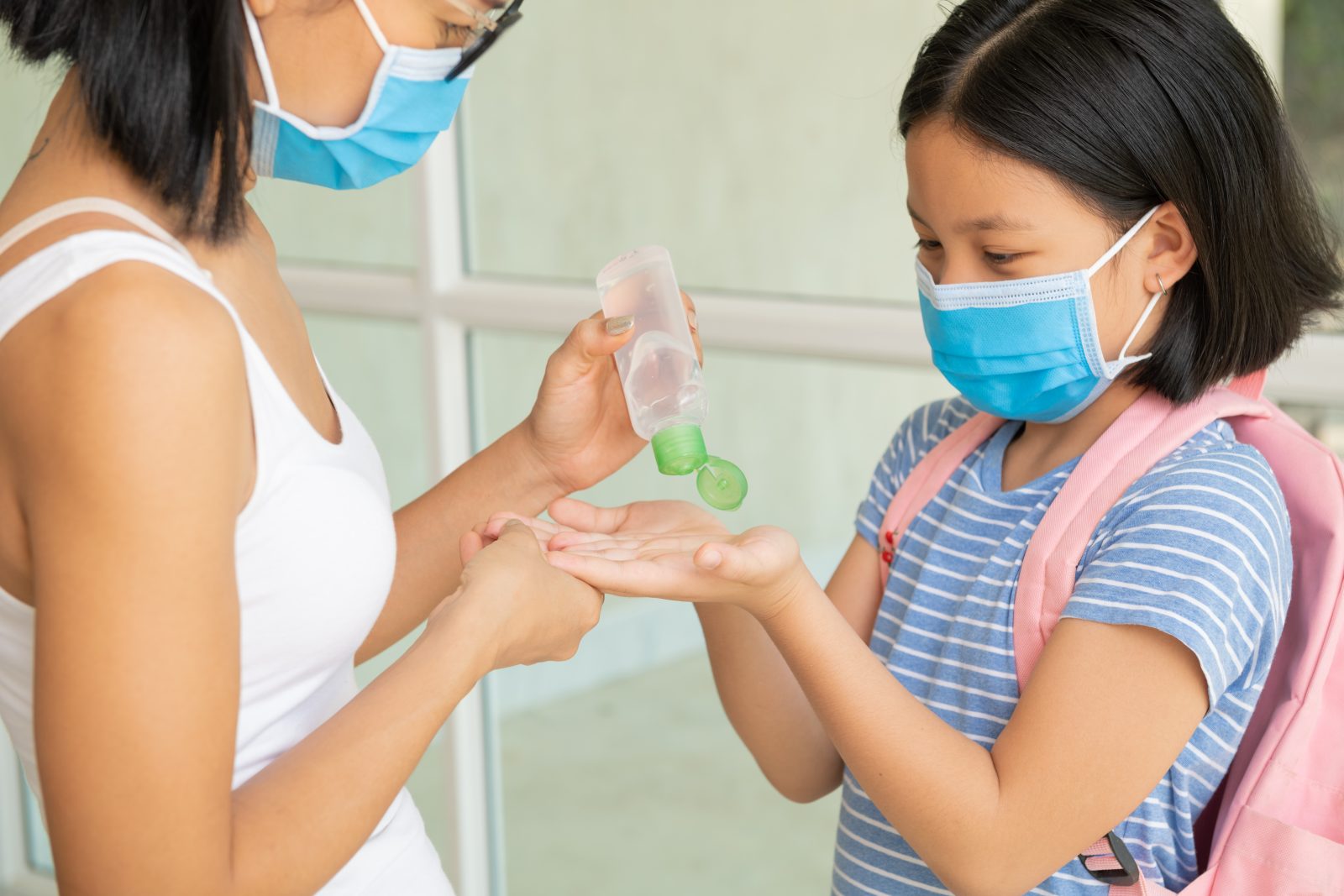The COVID-19 pandemic dominated much of the public and private spheres in 2020 and 2021, and many jurisdictions devoted their efforts to controlling the spread of the coronavirus disease during this period.
Public health became every government’s top priority, and even economic powerhouses like Singapore had to implement safety measures that curtailed activities vital to the country’s economic functioning and growth. This was to protect the general population from the devastating impacts of the highly contagious and at times life-threatening disease.
Increasingly easy access to vaccines that are designed to minimise the chances of people getting sick with COVID-19 – as well as the significant reduction in the number of global and local cases – have encouraged many countries to open their doors and resume economic activities in 2022. After experiencing a sharp contraction in 2020, Singapore’s economy is on the mend. Despite having experienced the so-called pandemic slump, the city-state is now on the path to recovery, and there are plenty of positive Singapore economy news reports to back this up. Among the reasons to be optimistic about the country’s economic prospects over the short and medium-term are the following:

Singapore Now Treats COVID-19 as an Endemic Illness
The pandemic is not over just yet. While the world is still getting used to the new normal, new strains of coronaviruses still pop up from time to time, triggering strict lockdowns in certain jurisdictions. Singapore has gotten around this issue by treating COVID-19 as an endemic disease, similar to how it treats seasonal flu. This classification is an acknowledgement that the disease is expected to affect the population in a more stable manner. It is coupled with a progressive COVID-19 management strategy that allows for improved movement and exchange.
After coming to terms with the possibility that the disease is here to stay, the country and its residents can start treating it as a regular part of life. While basic care should still be exercised when sharing space with others, citizens and residents of Singapore can continue living their lives normally. They can take public transportation, do leisure activities, and take a leave from work or school to ride out the worst of the illness in case they get it. Giving people the freedom to move around and freely engage with businesses and social groups will empower these individuals to quickly and conveniently do their share in bolstering the country’s economy.

The Country Is Now Open to Business and Leisure Travellers
In addition to Singapore citizens and residents, tourists and business travellers are now actively being encouraged to contribute to the city-state’s economy, with the country opening its borders to people from overseas. While the guidelines for prospective visitors may change from time to time, Singapore now accepts fully vaccinated travellers. These visitors don’t need to undergo PCR tests prior to their arrival, nor do they need to be quarantined after getting into the country – conditions that once again make Singapore a convenient international destination.
Tourism is a major industry in Singapore, and its contribution to the country’s GDP hovers around 4%. The pandemic has set the industry on its knees, and it will certainly take a few more years for it to regain its footing. However, the arrival of a significant number of tourists since the country’s reopening promises a quicker path to recovery and an increase in the industry’s potential contributions to the local economy in the years to come.

Singapore’s Economy Is Expected to Grow at Above-Trend Pace in 2022
Singapore was an economic powerhouse even before and during the spread of COVID-19, and it’s expected to retain this standing while the global efforts to recover from the effects of the pandemic are ongoing. According to experts, the city-state is well on its path to recovery, and the Ministry of Trade and Industry recently announced that the country’s GDP growth is expected to be between 3% to 5% in 2022. This development is primarily attributed to the strong growth of the trade-related and manufacturing sectors, which offsets expectations that other industries – like tourism and aviation – won’t be recovering soon after being severely affected by the pandemic… Moreover, the unemployment rate in the country has dropped down from 3.5% in 2020 to 2.7% in June 2021.
Still, there are a few hurdles that the country must overcome to speed up its economic recovery. Chief among these concerns are global supply chain bottlenecks, geopolitical tensions, as well as the rising cost of resources like fuel and electricity. These factors are expected to add to global inflationary pressures and drive the prices of commodities up in the foreseeable future.
Singapore has benefited from the strong economic foundation that it has actively strived to achieve in the past decades. It’s also been quick to introduce science-backed and progressive safety measures even before international health organisations declared that COVID-19 had become a pandemic. This succession of prudent decisions and the cooperation of Singapore’s general populace has empowered the country to withstand the worst of the pandemic and set it up for quick and steady recovery.
ADVERTISEMENTS









